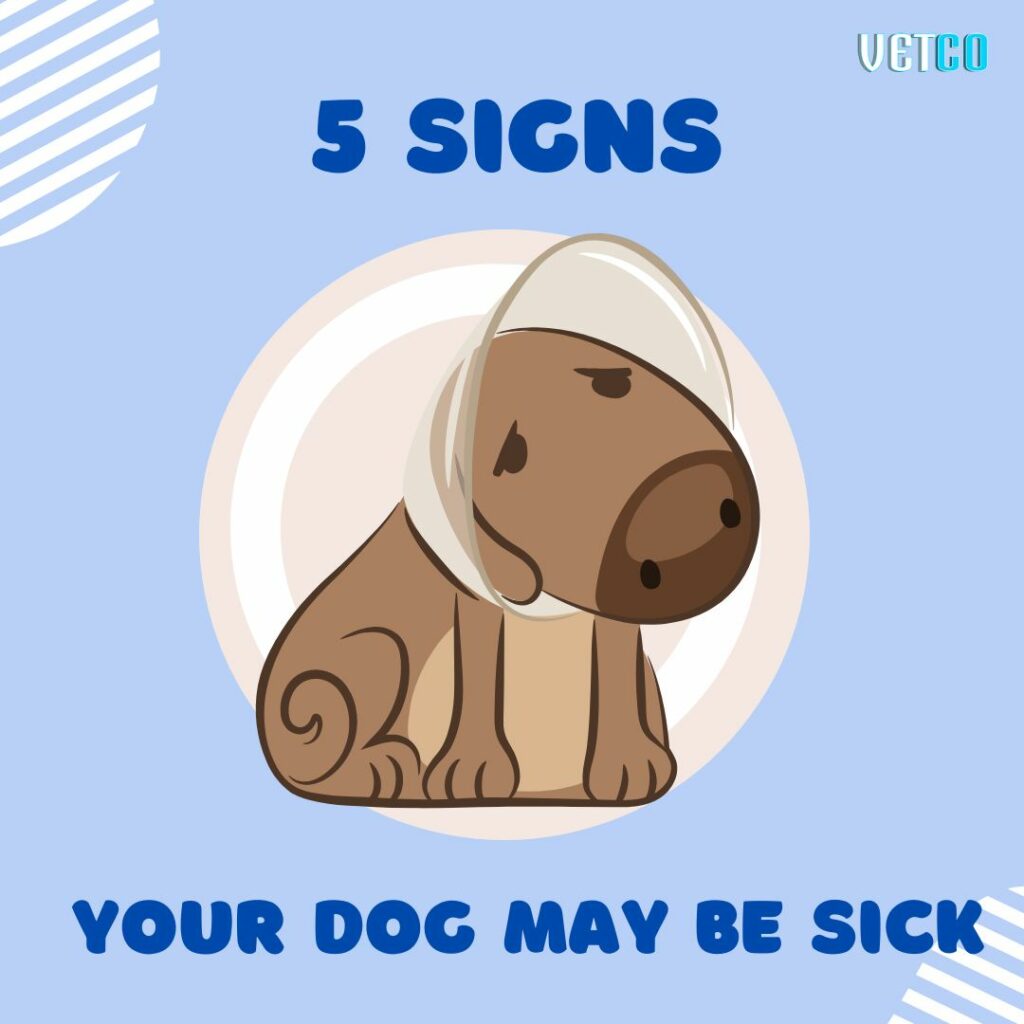Bottom line
A dog’s health deteriorates with age, just like it does for humans. Sadly, our pets age far more quickly than we do.Your dog is a family member since they are your best buddy, eats your leftovers, and goes on morning walks with you. How can you know when to seek medical attention when your dog can’t even complain? How can you tell if a limp indicates a sprain or if a sneeze necessitates antibiotic treatment? Find the warning signs indicating you need to take your pet to the veterinarian.
Tell me more
Dogs are unable to communicate their emotions to us. However, anyone with a furry buddy will attest to the expressiveness of canine body language. In the initial stages of a disease, dogs will naturally conceal their emotions. You can detect certain small changes in your dog’s personality and behavior since you are familiar with them.
Usually, these minute adjustments are a sign that something is awry. The first step in helping your dog recover quickly is identifying the issue as soon as it arises. If you’re wondering, “Is my dog sick?” the following five warning signals will help you decide whether or not you should take them to the veterinary.
5 Indicators Your Dog May Be Unwell
1. Vomiting or Diarrhea
The most frequent causes for seeking veterinarian care are vomiting and/or diarrhea, which are frequently the initial signs of a dog’s illness. The issue could be minor and temporary or immediately fatal. These symptoms can be brought on by dietary changes, trash-related incidents, bacterial or viral diseases, motion sickness, parvovirus in pups, or ingesting foreign objects.
If your dog had a single episode of vomiting or diarrhea due to a stomach upset and was otherwise acting properly, keep an eye out for any worsening of the symptoms. Until symptoms go away, a bland wet diet, such as one consisting of rice and boiling chicken can be given in modest amounts. Once you’ve determined that your dog is no longer throwing up or experiencing loose stools, the next step is to incorporate dry food. Call your veterinarian if the symptoms recur more than once in a 24-hour period and are accompanied by lethargy, weakness, anorexia, or ineffective vomiting (dry heaves).
2. Increased or Decreased Urination
A well-house-trained dog will only start urinating in unexpected places around the house if something is up. Pay attention to the following indicators:
- Changes in urine volume (an increase or reduction)
- Struggling to pee
- Blood in the urine
Senior dog parents should be especially aware of these symptoms. A renal problem or diabetes mellitus may be the cause of excessive urine. A urinary tract infection, bladder stones, a blood condition, or cancer can all be indicated by bloody urine.
Make an appointment with your veterinarian if your dog is regularly peeing, you notice blood when they urinate, or you are straining to urinate. Take a urine sample with you if you can.
3. Loss of Appetite
Most dogs have individual feeding routines and may consume more food on some days than others. Loss of appetite can be a sign of many different issues. Others may be serious, while others may be moderate. Conditions like anorexia may be an indication of dental disease if they are accompanied by foul breath. Give your dog their favorite goodies or a bit of grilled chicken.
4. Change in Drinking Habits
Your dog may be sick if they drink more or less water than usual. Drinking too much water can signify that your pet has a fever, hormone problems, diabetes, or kidney disease while drinking too little water can signify that they don’t feel well.
Watch your pet’s water consumption. You can try increasing the number of water bowls around the house or flavoring the water with chicken broth if they drink less. Check to see whether they are peeing more frequently and if they are drinking more.
5. Unexpected Weight Gain or Loss
Unexpected weight increase or loss may indicate a medical problem. It could take a few weeks to see this symptom. Unexpected weight gain or loss is always concerning and can be brought on by a number of circumstances. The best course of action is to evaluate your dog to determine the underlying cause.
Keep an eye out for any new symptoms in your dog, such as lameness, a lack of appetite, stomach pain, vomiting, diarrhea, or straining to pee. Contact a qualified veterinarian if you observe any significant changes in your dog’s behavior or additional symptoms.











